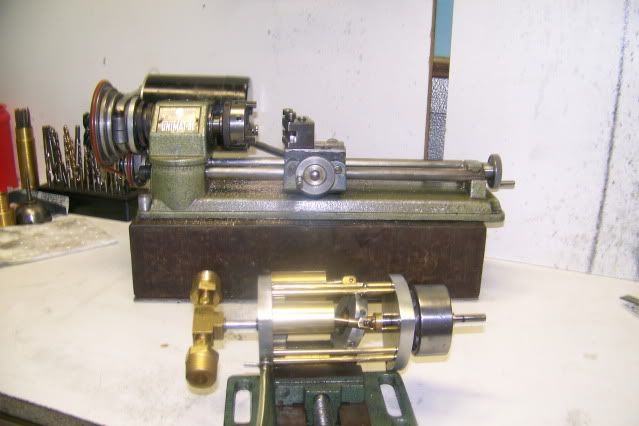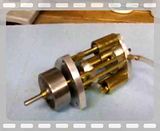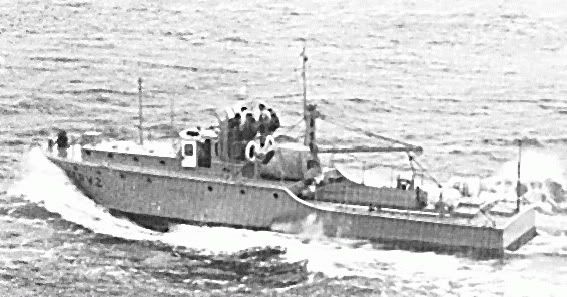Your wife is only 69 and you had to help her unload the lathe?

When I brought mine home I had my 25 year old son here to help
unload it. We got it to the basement, set it on the bench and I marked out
where the mounting holes should drilled. When I told him that we needed to
lift it off the bench so I could drill the holes, then lift it back onto the bench...
His reply was "You gotta be ****** kidding me!"
My memory fails me at the moment as to what that missing word was.
Rof}
You may not be missing anything on the tool post center.
The standard Sieg 9 X 20 is made to center a 10MM tool however
every vendor selling that lathe makes adjustments to make it
"Their Own" machine. The only way to find the absolute center is
to chuck up a scrap piece of stock and face it to center.
Half the diameter of the nub left in the center is the amount of
shim required for that tool bit size.
Rick



















![MeshMagic 3D Free 3D Modeling Software [Download]](https://m.media-amazon.com/images/I/B1U+p8ewjGS._SL500_.png)
































![Learning AutoCAD Civil 3D 2014 [Online Code]](https://m.media-amazon.com/images/I/51F3yi9fokL._SL500_.jpg)


![DreamPlan Home Design and Landscaping Software Free for Windows [PC Download]](https://m.media-amazon.com/images/I/51kvZH2dVLL._SL500_.jpg)










